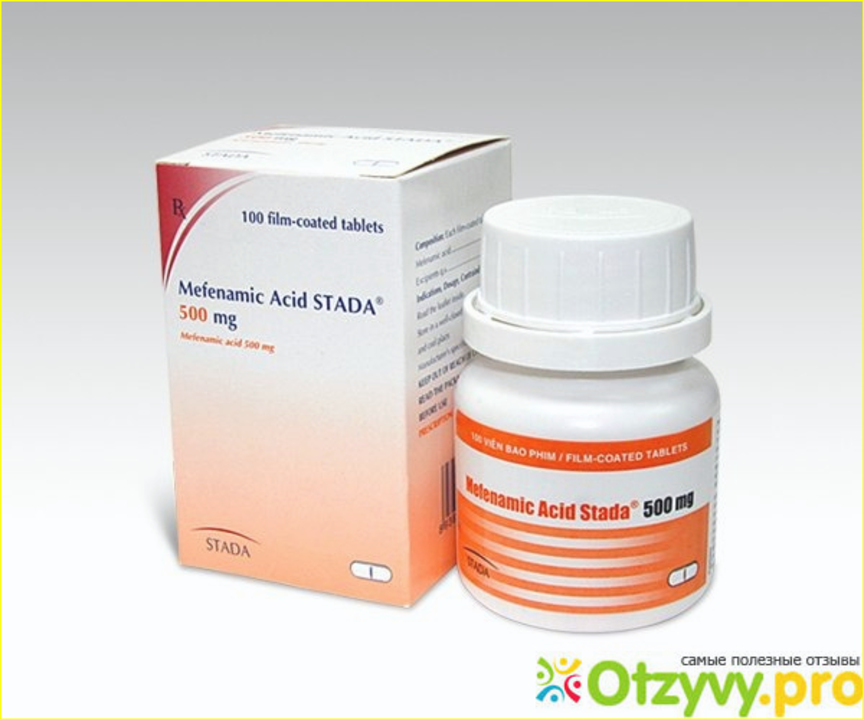Precautions: Smart, Simple Steps to Stay Safe with Medicines
Medicines help a lot, but they can also cause harm if used wrong. This page collects quick, practical precautions you can use today — whether you’re taking prescription drugs, over-the-counter meds, or supplements.
Check before you take
Start with the label and the leaflet. Confirm the drug name, dose, and how often you should take it. Don’t assume two pills with different brand names are different — compare the active ingredient and the milligram amount. If your doctor changes a prescription, double-check the dose every time it looks different.
Think about interactions. Tell your pharmacist or doctor every medicine and supplement you use: herbal products like St. John’s wort, fish oil, or high-dose vitamin K can change how other drugs work. Pay special attention if you take blood thinners, diabetes meds, or antidepressants — these are common trouble spots.
Age and life stage matter. Kids need weight-based doses (use an oral syringe, not a kitchen spoon). Older adults often need lower doses or medication reviews to avoid dizziness, falls, or confusing side effects. If you’re pregnant or breastfeeding, call your provider before starting anything new.
Buying and storing meds safely
When buying medicine online, use trusted pharmacies. Look for a physical address, a working phone number, and a requirement for a prescription when one’s needed. Be wary of sites that sell prescription drugs without asking for a prescription, offer suspiciously low prices, or have poor website design and misspellings on labels.
Store meds where they stay dry and out of reach of children and pets. Some need refrigeration, others must avoid sunlight. Check the leaflet or ask your pharmacist. Throw away expired drugs. Don’t flush most medicines — use community take-back programs or follow local disposal guidance.
Watch your dose. For liquid medicines, use the dosing device that comes with it. For tablets, don’t split pills unless a pharmacist or prescriber says it’s okay. If you miss a dose, follow the leaflet guidance or ask a pharmacist — don’t double up unless instructed.
Know when to call for help. Stop a medicine and get urgent care if you have hives, difficulty breathing, swelling of face or throat, sudden severe belly pain, fainting, or a very high fever. For bad but non-life-threatening side effects, call your doctor or pharmacist and ask if you should change the drug or lower the dose.
Finally, keep a simple medicine list in your phone: drug name, dose, reason, and the prescriber’s name. Share that list at every appointment or when you visit a new pharmacy. Small steps like these cut down mistakes and keep meds working like they should.
Want real examples and deeper guides? Check related posts on safe online pharmacies, baby antifungals, drug alternatives, and common drug safety tips on this site.

